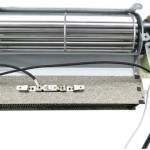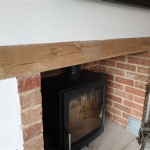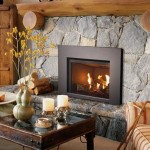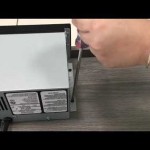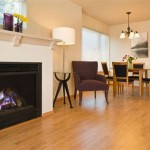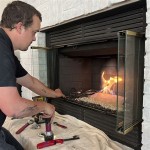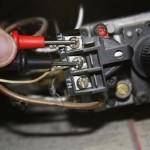Essential Parts of a Natural Gas Fireplace Diagram
Natural gas fireplaces are popular additions to homes, providing warmth and ambiance. To understand their workings, it's essential to familiarize yourself with its key parts. This diagram guide will help you navigate the complexities of a natural gas fireplace and keep it operating safely and efficiently.
1. Burner Assembly
The burner assembly is the heart of the fireplace, where the gas is ignited and burned. It consists of a burner tube that distributes gas evenly and an igniter that sparks and lights the flame. Ensure the burner is clean and free of obstructions for optimal performance
2. Control Panel
The control panel allows you to operate the fireplace conveniently. It typically comprises a thermostat, ignition switch, and other controls for adjusting flame height and temperature. Some advanced models may include remotes or mobile app connectivity.
3. Fireplace Logs
Fireplace logs provide the realistic appearance of a wood-burning fire. They are typically made of ceramic or refractory materials and enhance the ambiance of the fireplace. The logs are placed on top of the burner assembly and radiate heat.
4. Chimney and Flue
The chimney and flue are crucial for venting exhaust gases and creating a draft to draw air into the fireplace. The flue pipe connects the fireplace to the chimney and routes the combustion gases outside. Regular inspections and cleaning are essential to maintain proper ventilation.
5. Firebox
The firebox is the enclosure that houses the burner assembly, logs, and other components. It's typically made of durable materials like metal or refractory panels to withstand high temperatures. The firebox should be inspected periodically for cracks or damage.
6. Glass Doors or Screen
Glass doors or a screen protect you from the flames and prevent sparks from escaping. They also enhance the fireplace's aesthetics by showcasing the fire. Keep the glass clean to maintain visibility and prevent smoke buildup.
7. Safety Features
Natural gas fireplaces incorporate safety features such as an oxygen depletion sensor and a flame sensor. The oxygen depletion sensor ensures adequate oxygen levels in the room, while the flame sensor shuts off the gas supply if the flame extinguishes unexpectedly. These features provide peace of mind and prevent accidents.
8. Gas Supply Line
The gas supply line is connected to the home's natural gas system and provides fuel to the fireplace. Flexible gas lines are commonly used for easy installation. Check the gas line periodically for any leaks or damage.
9. Ember Bed
An ember bed is placed beneath the logs to create a glowing effect that mimics the look of burnt embers. It can be made of ceramic or other materials and helps distribute heat more evenly.

Gas Fireplace Natural Bdm35 The Cozy Cabin Lennox Hearth Parts

G400 Series G450 G490 Natural Vent Gas Fireplace 114 117 Vermontcastings Parts For Vermont Castings Majestic

Gbu36 Natural Vent Gas Fireplace 232 234 Vermontcastings Parts For Vermont Castings Majestic

Unvented Decorative Gas Fireplace Cfpf Cmp The Cozy Cabin Lennox Hearth Parts

Cgcftn Fireplace Parts For Desa Comfortglow Partsfor Com

A Plus Inc Superior B500 Replacement Parts Accessories

Napoleon Parts

Parts Of A Gas Fireplace Explained With Real Examples

Outdoor Decorative Natural Gas Fireplace Polaris36zen The Cozy Cabin Lennox Hearth Parts

Identifying Gas Fireplace Parts Www Mygasfireplacerepair Com
Related Posts

